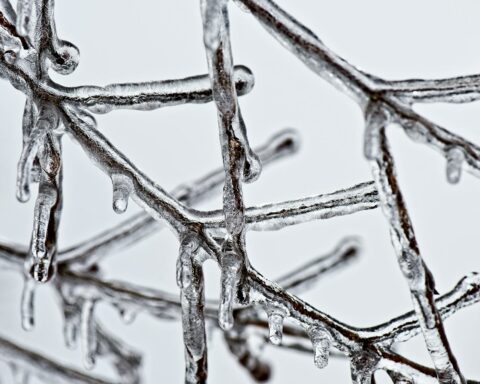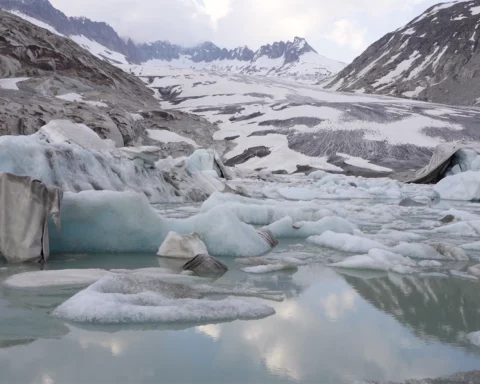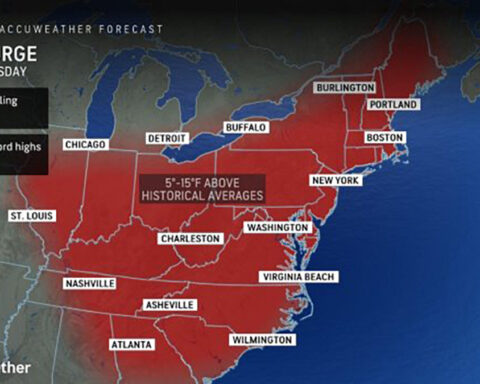AccuWeather Global Weather Center — March 1, 2024 — Millions of Americans just experienced the warmest meteorological winter on record, according to preliminary data collected by AccuWeather meteorologists.
Every state in the continental U.S. had temperatures warmer than the historical average this winter, unlike last winter when the western U.S. was colder than the historical average.
Three states reported their warmest meteorological winter on record; Minnesota, Wisconsin and Michigan. “It’s the year without a winter in the upper Midwest,” said AccuWeather Chief Broadcast Meteorologist Bernie Rayno. “It continues today with temperatures well above the historical averages by 15 to 20 degrees.”

Cities including Minneapolis, Minnesota, Milwaukee, Des Moines, and Albany, New York, all saw mean winter temperatures 8 to 12 degrees Fahrenheit above the historical average.
The data is based on the average temperature ranking for December 1, 2023 through February 29, 2024, compared to all winters since 1893.
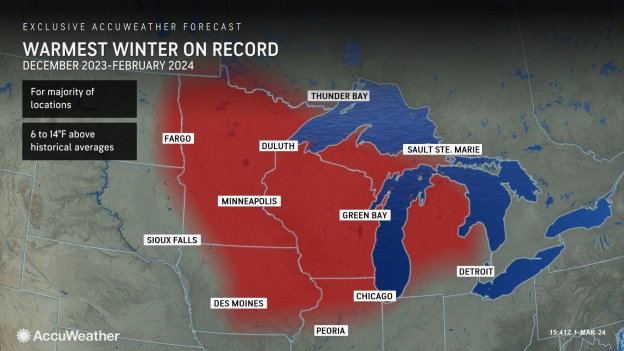
How El Niño influenced America’s winter weather
AccuWeather meteorologists say El Niño was a key factor behind the unusually warm winter across much of the northeast, Midwest and northern Plains.
When water near the equator of the eastern Pacific Ocean is above long-term historical averages to create an El Niño, the northern tier of the U.S. typically sees drier and milder conditions during the winter season.
“A strong El Niño that officially developed last summer has significantly contributed to a mild, snowless winter season for the northeast Plains, Midwest, and Great Lakes,” explained AccuWeather Lead Long-Range Expert Paul Pastelok. “December started with a strong, dominant storm track from the Gulf Coast to the Northeast. With a lack of cold, these systems produced mainly rain and produced very little snowpack. There were not many areas of the globe that were consistently cold through the three-month period, so there was nowhere to drag any persistent cold air into the weather patterns of North America.”
AccuWeather Chief Meteorologist Jon Porter said our warming climate also contributed to the unusually mild conditions for much of the country this winter.
“This existing trend, resulting from a warming atmosphere driven by climate change, and other factors, was likely amplified this winter as a result of the additional warmth imparted in the atmosphere by the El Niño,” said AccuWeather Chief Meteorologist Jon Porter. “The largest increases in average temperature, as compared to long-term historical averages, have been across the northern part of the United States, especially during the winter months.”
Lackluster snow and ice totals
Many cities in the northeast U.S. also struggled with a substantial snowfall deficit this winter.
In the heart of lake-effect snow country, Syracuse reported a 59.3-inch snowfall deficit, compared to the historical average.
Seasonal snowfall totals in Boston fell 28.9 inches below the historical average.

Despite an overall lackluster winter in the northeast, a stormy weather pattern in January finally brought an official end to a +700 day snow drought for New York City, Washington D.C., Philadelphia, and most of the Interstate 95 corridor.
A lack of prolonged cold spells also led to a new historic low for ice cover on the Great Lakes this winter.
Only 2.7 percent of the Great Lakes were covered by ice on February 11.
The lack of ice in the Great Lakes region this winter led to widespread impacts to ice fishing, winter sports, and outdoor winter events.
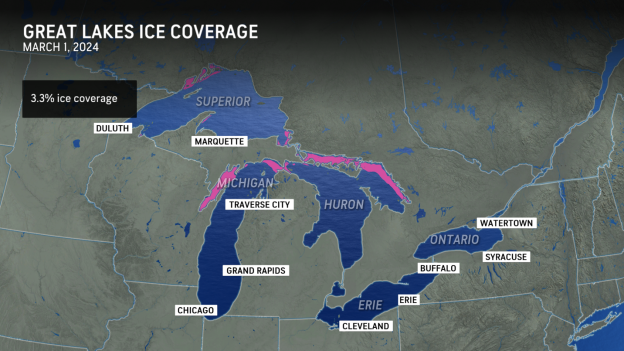
AccuWeather’s long-range team accurately predicted that the U.S. would experience a warmer winter with less snow, compared to the historical average, with temperatures above the historical averages particularly across many northern areas of the United States.
AccuWeather meteorologists are available 24/7 to provide further insights and updates on evolving weather conditions. Please contact pr@accuweather.com during regular business hours, or support@accuweather.com or call AccuWeather’s Media Hotline at (814)-235-8710 at any time to arrange interviews with AccuWeather experts or to request the most updated graphics for print or broadcast.
For the latest news and updates visit AccuWeather.com
About AccuWeather, Inc. and AccuWeather.com – AccuWeather, recognized and documented as the most accurate source of weather forecasts and warnings in the world has saved tens of thousands of lives, prevented hundreds of thousands of injuries and tens of billions of dollars in property damage. With global headquarters in State College, PA and other offices around the world, AccuWeather serves more than 1.5 billion people daily to help them plan their lives and get more out of their day through radio, television, newspapers, smart phones, tablets, connected TVs, the AccuWeather Network and AccuWeather.com. Additionally, AccuWeather produces and distributes news, weather content, and video for more than 180,000 third-party websites.




